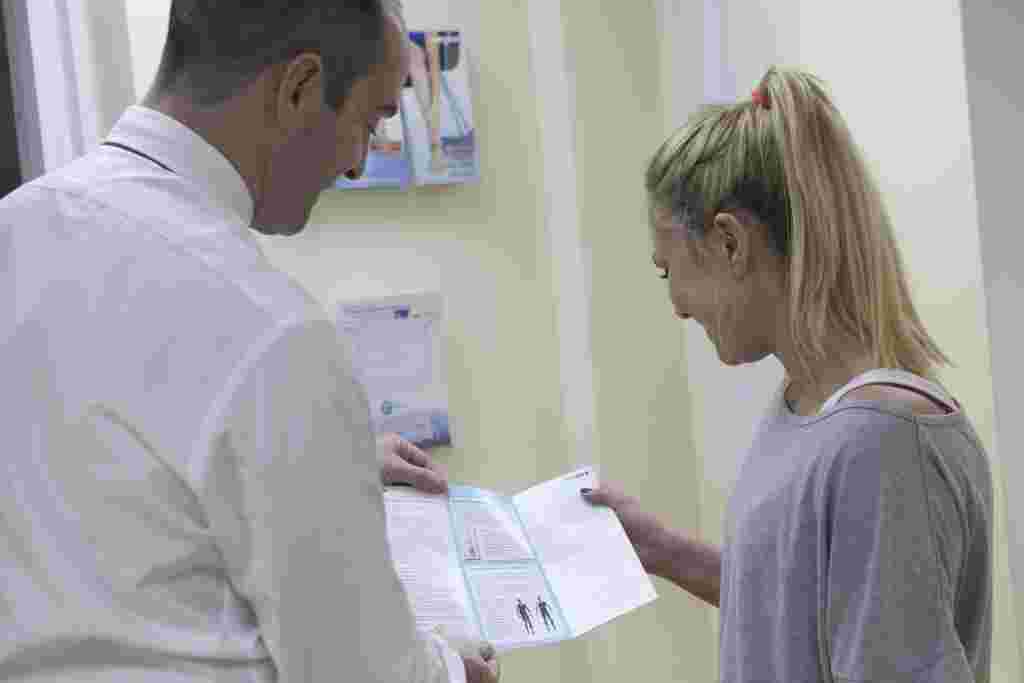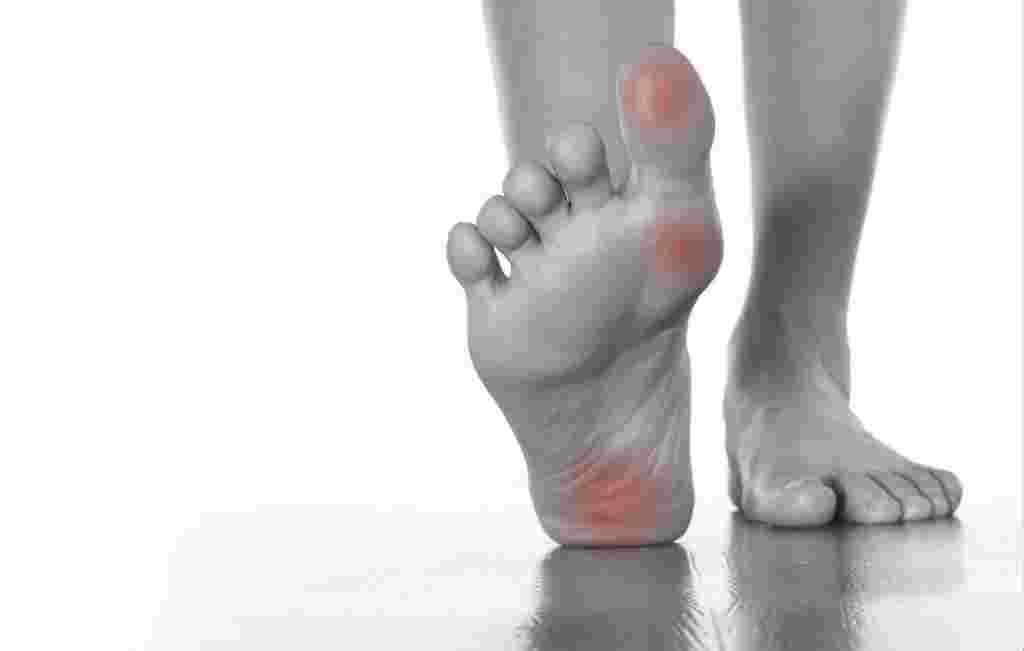
World Diabetes Day falls every year on 14 November and is a day when millions of people around the world come together to raise awareness of diabetes, and what it’s like to live with the condition. It’s a global campaign led by the International Diabetes Federation (IDF) with activity taking place around the world.
Whilst fatalities such as strokes and heart disease are widely reported, slower complications such as Diabetic foot receive little attention. Diabetes UK reports that every week, diabetes leads to 140 lower limb amputations. For World Diabetes Day, this year, Diabetes UK aim is for everyone to know that managing your diabetes well is crucial to help avoid developing such life-limiting and ultimately life-threatening complications.

Neil McAllister, director of Kinetic Podiatry Clinic based at the Brentwood Centre says, “Preventing foot problems involves managing your diabetes well, controlling blood glucose levels, cholesterol and blood pressure and leading a healthy active lifestyle. By doing this you can prevent or slow down any changes to the nerves and blood vessels in your legs and feet. In addition, regular self-foot care is important such as moisturizing your feet to keep the skin supple and avoid ill-fitting shoes and socks. It is however important to get your feet checked at least annually by a specialist. However, if you notice any changes in your feet it is better to get them checked immediately and if needs be more frequently”.

So, when is it advisable to see a Podiatrist? What constitutes changes? Neil advises that any form of neuropathy, pain or discomfort experienced should be checked out as in many cases it is possible to alleviate these symptoms. He advises to visit a Podiatrist if you see or experience any of the following:
- Walking becomes more difficult
- Applying or wearing shoes becomes more difficult
- Tingling sensation or pins and needles
- Part or all of your foot becomes swollen
- Breaks in the skin, opens sores/blisters or a discharge
- Skin colour changes (redder, bluer, paler, blacker) over part or all of the foot
- Swelling in your feet and/or an unusual odour
- Part or all of your foot feels much hotter or colder than usual
- Hard skin (callus)
- Cramp in your calves
- Shiny smooth skin and/or losing hair on your feet and legs

Enquiries :
Phone:+44(0)7857736020
Email: Kinetic Podiatry
Web: Kinetic Podiatry



















